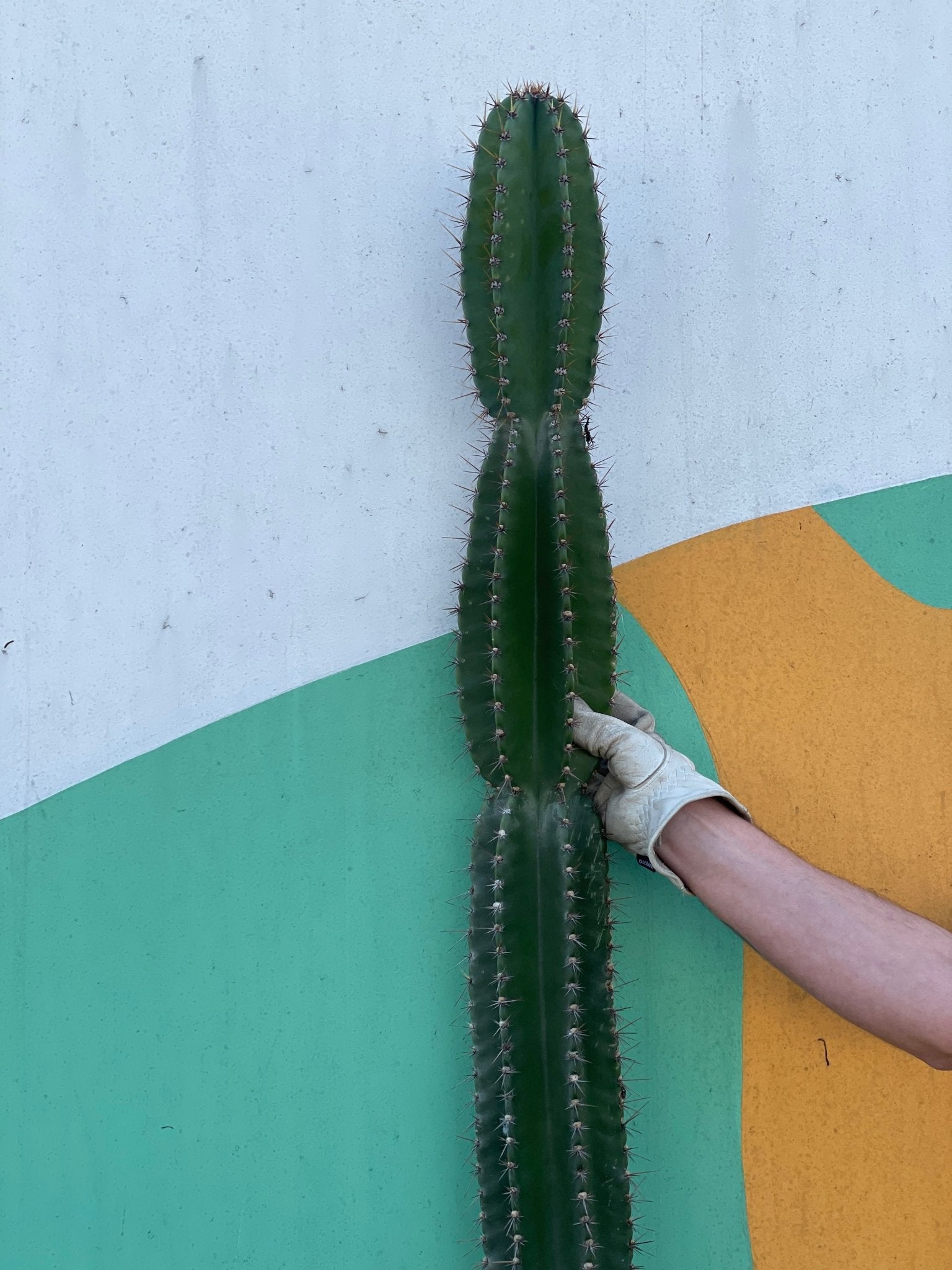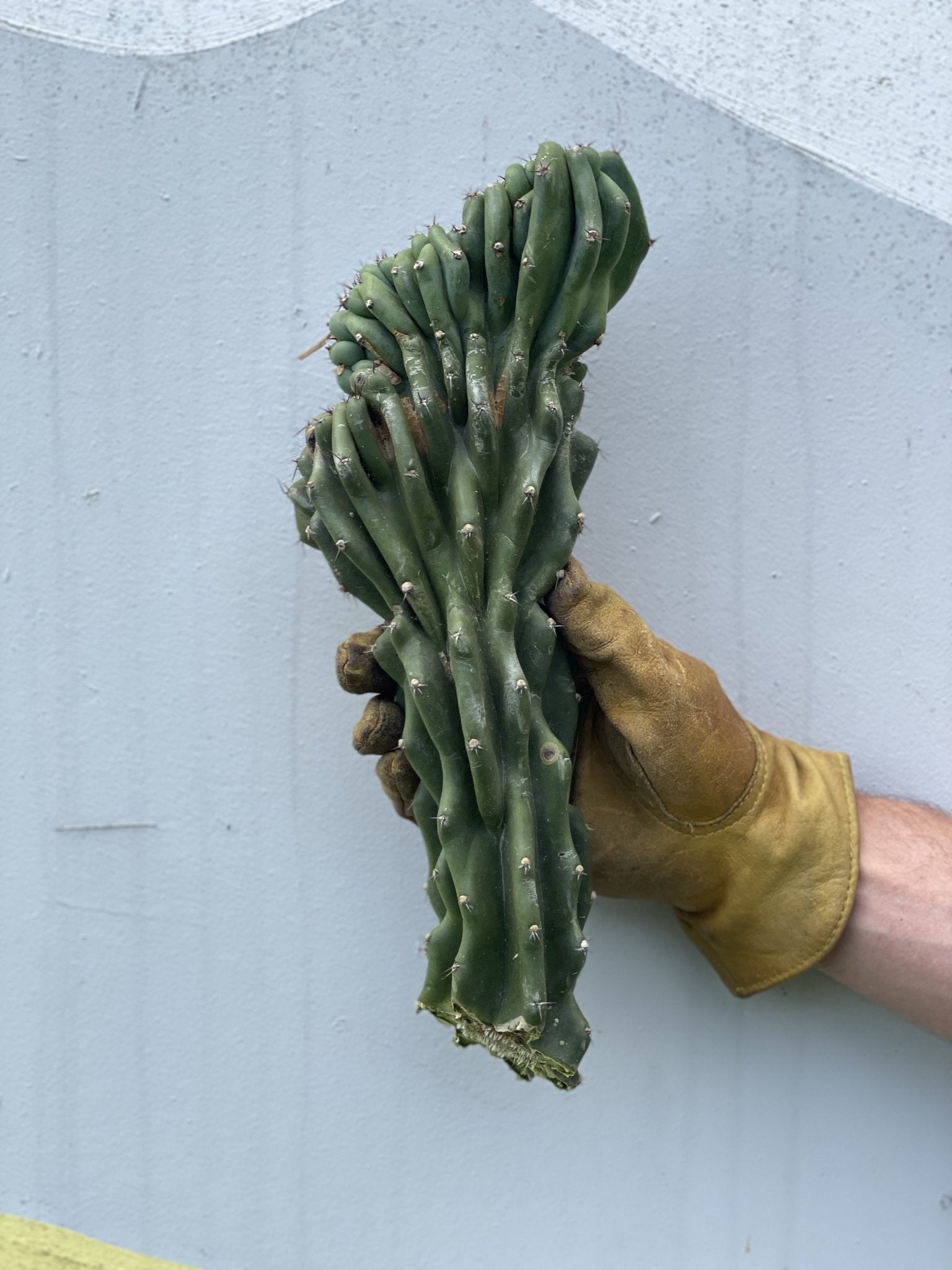Cultivating cacti can present challenges, yet with proper care, they offer the rewards of stunning flowers and intriguing textures. This article will explore the various cactus species and elucidate their survival mechanisms in extreme conditions. Additionally, it will provide comprehensive guidance on the optimal care practices for these distinctive plants.
What is a Cactus?
A cactus is a type of succulent characterized by its thick, water-storing leaves. Cacti distinguish themselves within the plant kingdom through their remarkable ability to retain substantial water reserves, enabling them to endure extended drought conditions. Additionally, the majority of cacti are equipped with sharp spines along their exteriors, serving as a defense mechanism against predators and minimizing human interference.
The Different Types of Cacti
There are roughly 1,300 species of cacti, divided into two primary categories: tropical cacti, or epiphytes, which prosper in humid, tropical climates, and desert cacti, which thrive in arid, hot conditions. Both types make great indoor plants, but they require different care and maintenance routines tailored to their particular environments.
Some of the most common species of cacti are as follows:
What Helps Cacti Survive
Cacti are remarkable for their ability to endure some of the most extreme environments on the planet. Their survival is made possible through a series of specialized adaptations that equip them to prosper under such conditions.
One key adaptation is known as "succulence," which enables cacti to store water and nutrients internally, a stark contrast to the external storage strategy of most plants. This internal reservoir allows cacti to withstand prolonged droughts that would otherwise be fatal to other flora.
Additionally, cacti possess "spines," a defensive adaptation that shields them from herbivorous predators such as birds and rabbits. These spines are an evolutionary response to predation, providing an effective deterrent against being consumed.
How To Care for a Cactus
Caring for a cactus is not hard, but it does require some regular attention. Keeping your cactus healthy and beautiful is easy if you follow a few simple tips:
1. Don't overwater your cactus
Cacti, being desert plants, require dry conditions. Overwatering a cactus can cause root rot, potentially leading to the death of the plant.
2. Don't under-water your cactus either
Cacti prefer dry conditions, so it's important to water them consistently but avoid overwatering to prevent the soil from becoming too damp, which could also cause root rot.
3. Keep it in a sunny spot, but not in direct sunlight!
Cacti flourish in abundant sunlight, yet excessive direct sun can scorch the foliage of certain varieties. Therefore, it's best to position your cactus in a spot where it receives ample light without prolonged exposure to direct sunlight.
4. Prune regularly for healthier growth
Regular pruning is necessary for most cacti to thrive and avoid becoming pot-bound, which can lead to root rot. This is particularly important for fast-growing species like the prickly pear cactus.
Summary
Cacti, with their distinctive beauty and unique adaptations, have evolved over millions of years to thrive in harsh environments. Their ability to store significant quantities of water makes them exceptionally well-adapted to dry climates. Additionally, the spines found on most cacti serve as a defense mechanism against predators. While cacti care is relatively straightforward, adhering to the basic guidelines previously outlined will ensure that you can enjoy these resilient plants without any significant issues.
Happy Gardening!












Leave a comment